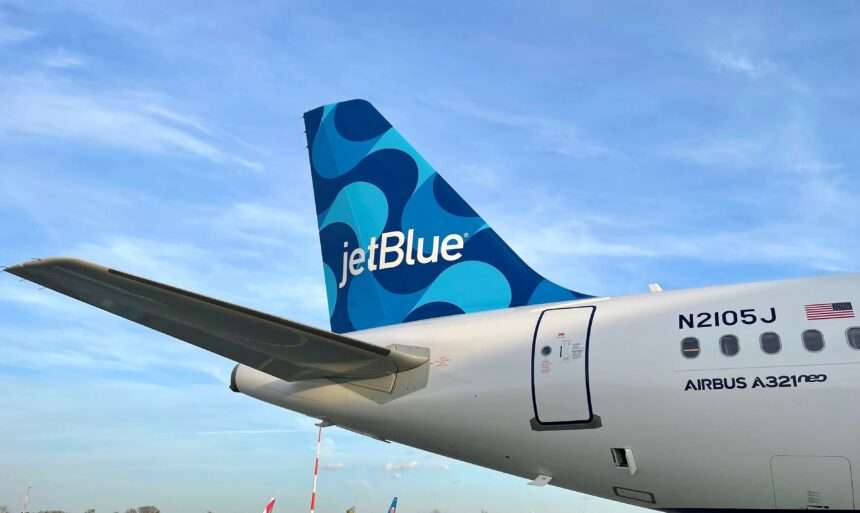Air Canada today reported a strong operational performance to begin the summer travel season.
Approximately 540,000 customers flew with the carrier between May 19 and 22, the May long weekend in Canada that traditionally marks the start of the summer travel season.
Strong start to summer
“I am very pleased by the performance of our airline during the first long weekend of the summer,” said Kevin O’Connor, Senior Vice President, Global Airports and Operational Control at Air Canada.
“We carried heavy loads, with 540,000 customers and our mainline aircraft 95% full on Friday, yet we achieved a flight completion ratio of 98.7% and a solid on-time performance that reached 90 per cent Sunday morning.”
“Although system-wide weather was favourable, we did face several challenges, including wildfires in Western Canada, weather disruptions in the southern U.S. and even a volcano in Mexico that all affected flights.”

[monsterinsights_popular_posts_inline]
“I thank all our employees for their hard work and dedication to serving our customers and transporting them safely. I also commend our industry partners, upon whom we depend for the air travel system to operate smoothly.”
“While sustained high passenger loads of the season are yet to fully arrive, our success during the first holiday weekend gives us added confidence that we are ready to perform well this summer.”
Canadian summer travel – pandemic and beyond
Summer seasonal air travel in Canada changed dramatically during the pandemic and the years after. In 2020, there was a 97% year-over-year decline in the number of passengers carried by Canadian Level I air carriers.
This was naturally due to a number of factors relating to the global pandemic; including travel restrictions, stay-at-home advisories, and restrictions on gatherings and activities.
2021 saw the beginnings of small recoveries in air travel, but numbers still remained well below pre-pandemic levels. In the summer of 2021, passenger numbers were about 50% of what they were in 2019.
In 2022, air travel was expected to make further recoveries, but it remained unclear as to whether performance would reach pre-pandemic levels.
A number of further factors impacted air travel in 2022, including the war in Ukraine, and the rising cost of fuel, on top of the continued spread of COVID-19.
Summer 2022 performance
Factors such as flight disruptions and cancellations, reduced flight services and increased costs of airfares generally made difficult and more expensive for air travellers for the summer season last year.
Number of passengers:
According to the Canadian Airports Council, there were 44.2 million passengers who traveled through Canadian airports in the summer of 2022. This is a 24.2% increase from the previous summer, but it is still 16.6% below the number of passengers who traveled in the summer of 2019.
Number of flights:
There were 2.7 million flights that departed from or arrived at Canadian airports in the summer of 2022. This is a 17.2% increase from the previous summer, but it is still 13.1% below the number of flights that departed or arrived in the summer of 2019.
Average airfare:
The average airfare for a round-trip flight within Canada in the summer of 2022 was $370. This is a 12.4% increase from the previous summer, but it is still 10.2% below the average airfare in the summer of 2019.
Summary
General projections for summer 2023 are that air travel in Canada will continue to recover, but it is not clear if it will reach pre-pandemic levels.
There are a number of factors that could continue to impact air travel in 2023, including the continued spread of COVID-19, the war in Ukraine, and the rising cost of fuel.









